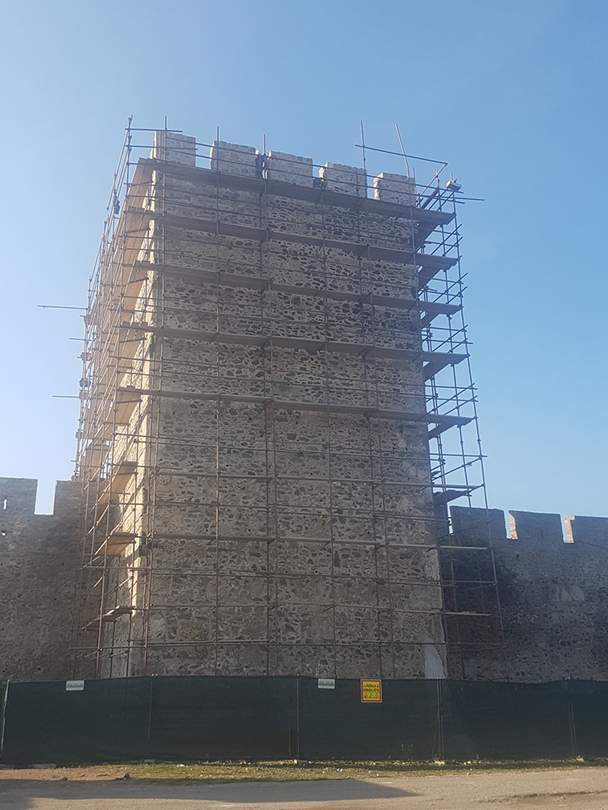Smederevo Fortress
Smederevo Fortress, designated as an immovable cultural heritage site and a monument of exceptional significance, bears witness to a rich past. Its establishment dates back to the 15th century when it was built by Despot Đurađ Branković as a new capital. Within the timeframe of 1428 to 1430, the first part of Smederevo town, known as Mali Grad (Small Town), emerged, while the entire Smederevo Fortress was completed in terms of fortifications by 1439. Situated at the confluence of the Jezava River and the Danube, the basic shape of its construction resembled an irregular triangle, with defensive walls along the riverbanks forming two sides, while the third side represented their connection. Smederevo town is composed of two triangles, with the same vertex facing the confluence of the Jezava River. Within this structure, the Small Triangle, also known as Mali Grad, separated by a water ditch and a bridge from the rest of the fortress, represents the capital segment, while the Big Triangle is known as Veliki Grad. This architecture tells the story of medieval military strategy and control over this significant area.
We proudly announce the successful completion of the key project for the restoration of the Jezava Rampart between Tower 7 and Tower 10 within Smederevo Fortress. This highly important segment of our work required specific conservation-restoration techniques tailored to the cultural heritage.
Additionally, we are pleased to highlight the successful restoration of Towers 8 and 9, restoring
their former glory while ensuring their structural stability.
Our deeply rooted dedication and high standards in preserving cultural heritage were reflected in
every step of these works to ensure the long-term protection and preservation of the fortress and
its authentic and characteristic elements.
Year:
2016-2017Location:
Smederevo, SERBIALocation:
Smederevo, SERBIAConstruction Period:
2016-2017Client:
Regional Institute for the Protection of Cultural Monuments - Smederevo


